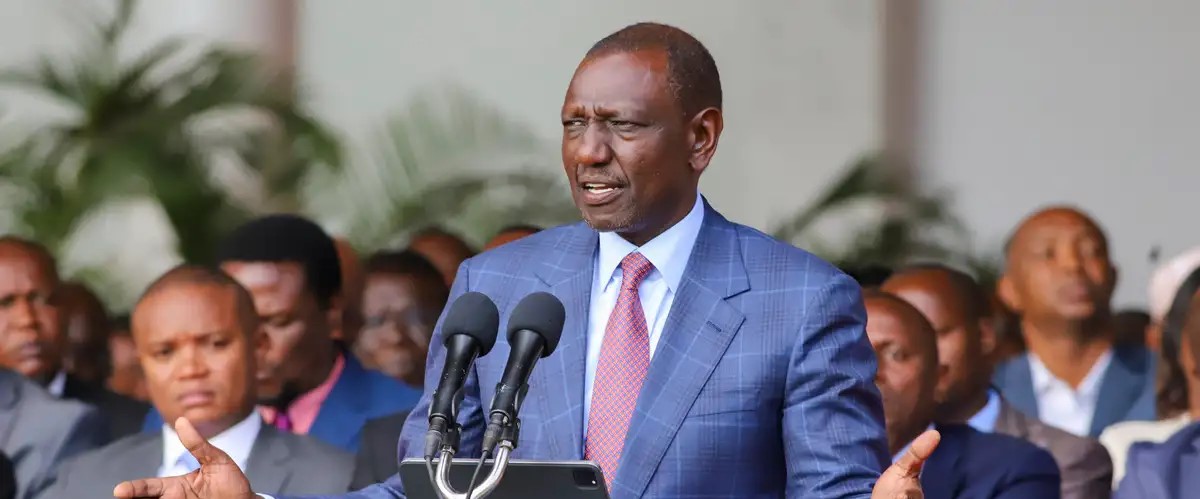(3 Minutes Read)
About 60% of Kenya’s revenues go to servicing debt. He said East Africa’s largest economy would seek one trillion Shillings (USD 7.6 billion) from lenders to pay for social services and other programs. The new taxes would have raised about USD 2.7 billion.
Kenyan President William Ruto has said that the country would resort to more borrowing to plug a growing budget deficit. This follows the rejection of the finance bill that would have increased tax revenue, after deadly nationwide protests by the youth.
Ruto said that the failure of the bill had hurt government efforts to ease the country’s debt burden. About 60% of Kenya’s revenues go to servicing debt. He said East Africa’s largest economy would seek one trillion Shillings (USD 7.6 billion) from lenders to pay for social services and other programs. The new taxes would have raised about USD 2.7 billion.
Earlier, lawmakers overwhelmingly approved the finance bill shortly before protestors stormed parliament and set sections of it on fire. The protestors say the government should cut corruption and waste instead of raising taxes. President Ruto has promised to reduce the budget of the presidency and eliminate non-essential expenditures. Kenya’s debt stands at over USD 80 billion. A large chunk of it is denominated in foreign currency.
The escalating cost of debt poses a substantial challenge to the repayment of both external and domestic obligations. As the repayment burden increases, the country faces potential funding constraints, emphasizing the need for strategic measures to mitigate these challenges and ensure sustainable financial stability.
Read Also:
Kenya’s public debt increased by Ksh1.93 trillion (USD 13.3 billion) to Ksh11.14 trillion (USD 76.6 billion) last year from Ksh9.2 trillion (USD 63.2 billion) in 2022. The total debt service amounts stand at 58.8 percent of revenues, leaving only 41.2 percent of tax revenue to finance government development programs.





